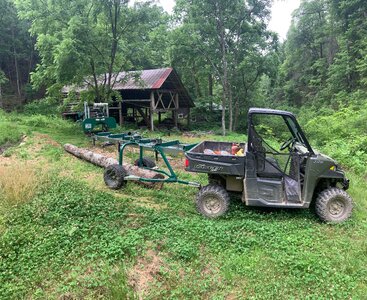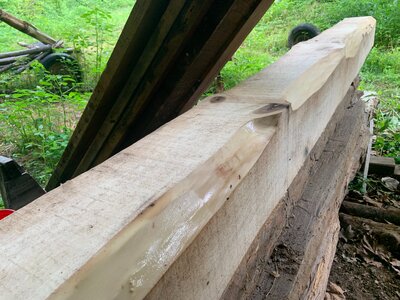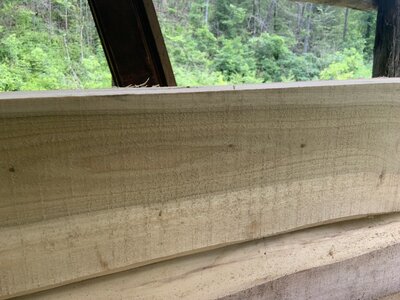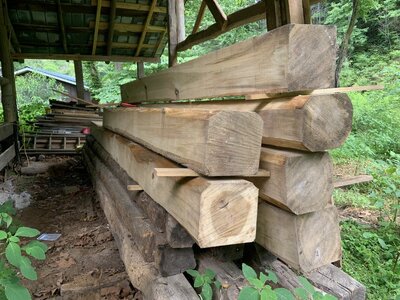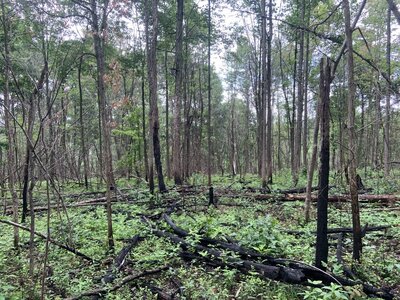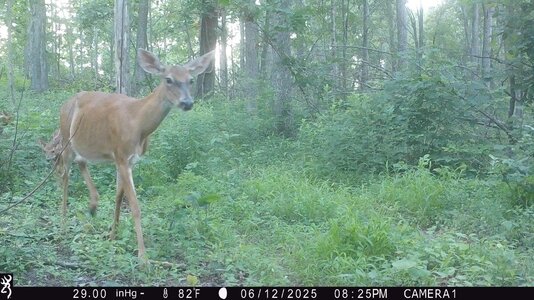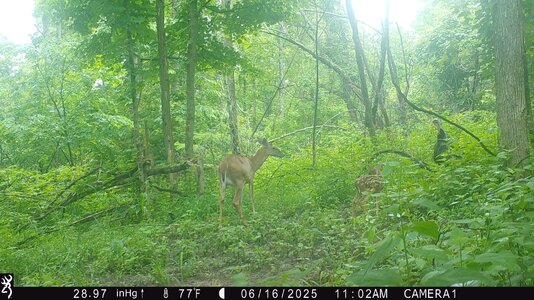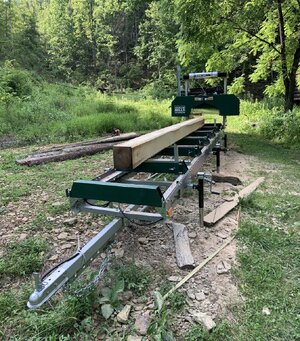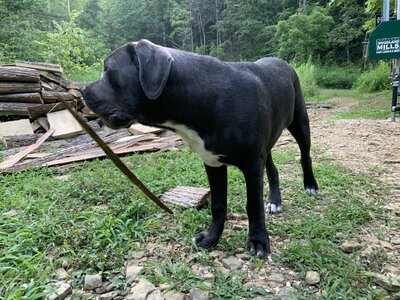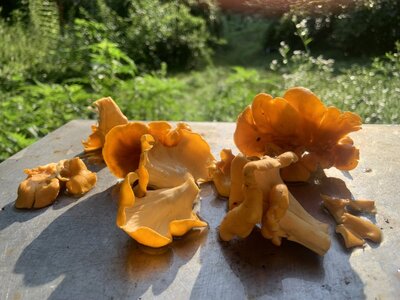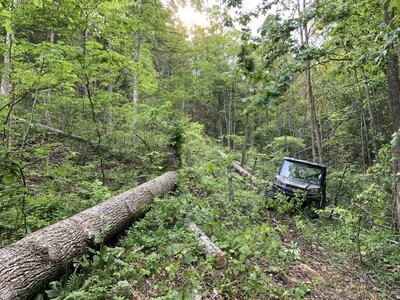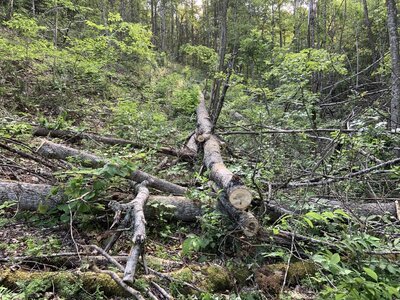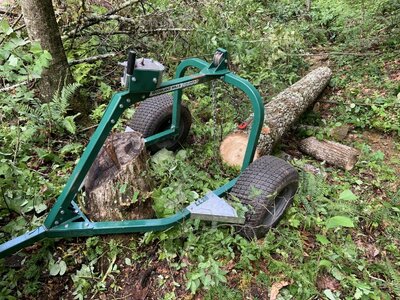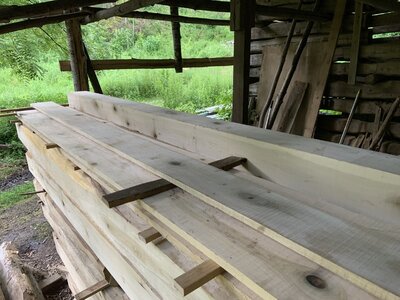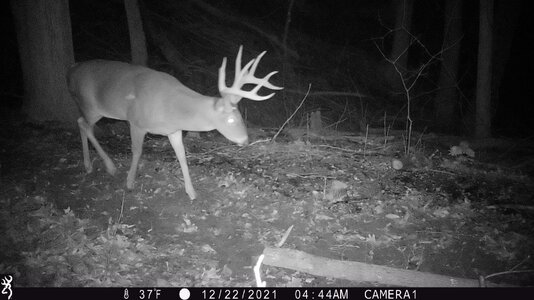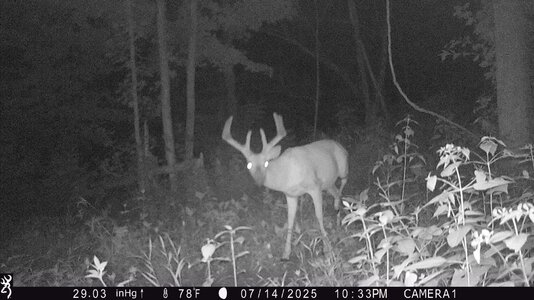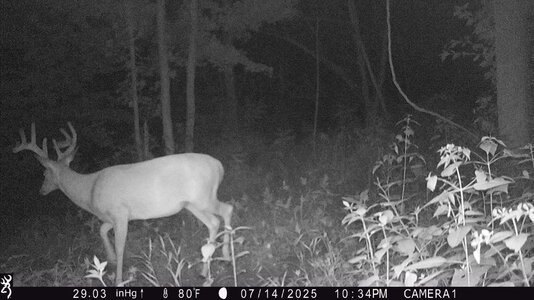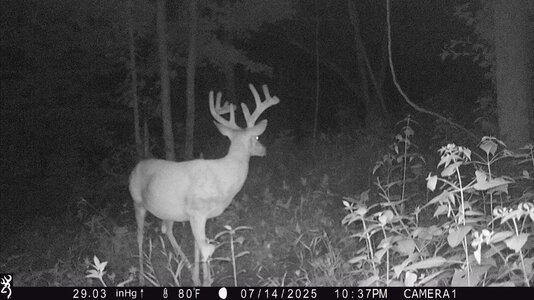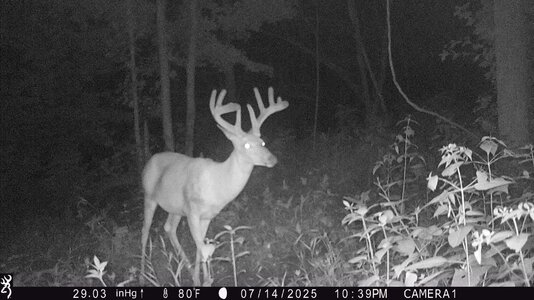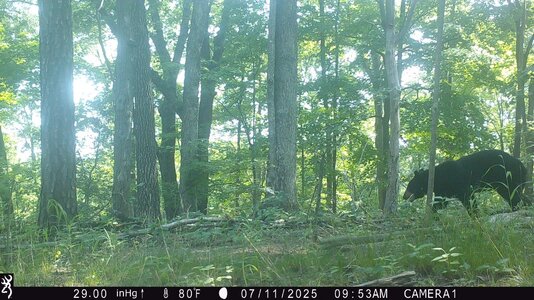Mennoniteman
Well-Known Member
That's an excellent question! What you are looking at there is the result of some of the best deer management anywhere, thinning junk trees so quality fruiting and nut trees can grow faster, and new oak seedlings can get started, but even more importantly, allowing sunlight to hit the ground results in an explosion of undergrowth comprised of quality tree seedlings, native forbs, fungi, and plants of varied beneficial species, most of them being deer food to boot.What's all that low greenery in post #1817 pictures??
Also, the prescribed fire that George used in these areas does just as much as the sunlight to kickstart new growth like this. An area that looks like this is way more valuable than a cultivated food plot because it's also bedding area and fawning cover all in one, and less maintenance than an annual food plot. This growth also provides more winter food through quality browse than most food plots do.
So, to summarize, what we're looking at there in #1817 is truly the holy grail of habitat management. When G took on managing what was virtually a deer habitat desert I knew that it would take him a few years to produce visual results, but the imagined potential, in this area at least, has become fulfilled reality this spring. I should know, because I was there and observed that growth in person, and it's more impressive than the pics do justice.
I'll let George explain it better, but your question was so good I couldn't resist.
Last edited:

